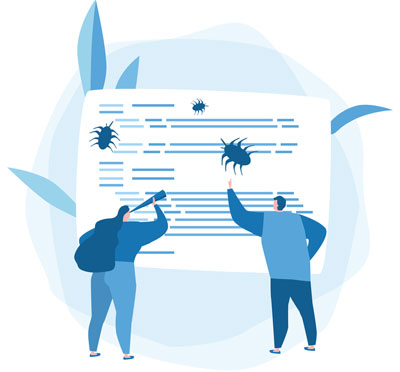“User acceptance testing” can have several meanings. There’s the technical definition – and then there’s the way that the phrase is commonly used. But when teams use the same term to refer to different processes, things can get confusing.
Fortunately, both types of user acceptance testing are pretty simple to understand. They also have aspects in common, including many of the same goals.
 What is User Acceptance Testing?
What is User Acceptance Testing?
User acceptance testing verifies that the software’s user experience is acceptable for launch. Also known as UAT, it’s part of every website or app QA process in some way, shape, or form. However, there are a few different ways of doing it. The biggest difference? Whether the UAT is done by professional QA testers or real customers. Continue reading →




















